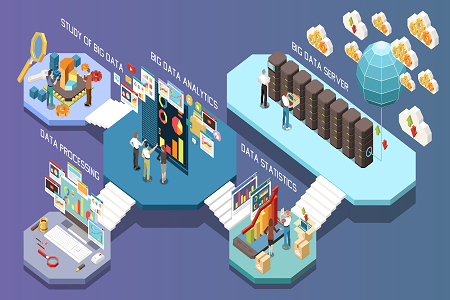Salient IT Services › Cloud Data Backup West Sacramento
What you need to know about cloud data backup in West Sacramento
Cloud data backup offers businesses all kinds of benefits, however, it also requires a slightly different thought process and approach than backing up to physical media. With that in mind, here is a quick guide to what you need to know about cloud data backup in West Sacramento.
You need to be rigorous about data governance
You are probably legally-mandated to exercise rigorous data governance on your sensitive data, however, from a legal perspective, you can usually do whatever you like with your general data. If you’re backing up to a physical device, there is really nothing to stop you from dumping all your data onto it and putting it either into local storage or off-site storage. If you’re working in the cloud, however, that approach can lead to a lot of unnecessary expenses.
In the cloud, especially the public cloud, you pay for what you use and therefore you want to use as little as possible. This means that you only want to back up your production data, i.e. the data you are actively using. If you want or need to keep dormant data, for example for compliance reasons (or because nobody is prepared to take ownership of deleting it), then you want to put it in an archive and keep it there. This will reduce the amount of bandwidth you need for your file transfers and reduce your storage bill as archives only require slow storage.
You also need to practice smart data backup practices
Similarly, if you’re backing up to physical media, you just need to think about the amount of time it takes to backup and restore data. When you’re backing up to the cloud, you also need to think about the amount of bandwidth you need as you will usually be charged for this.
Effective use of compression can go a long way towards reducing the volume of data you need to export (or import), especially for bulkier files such as images and videos. It is, however, advisable to undertake thorough testing before you decide how much compression to apply as overdoing it could result in a loss of file quality.

Another way to reduce the volume of data you produce is to intersperse full backups with incremental and differential backups. Full backups back up all data, incremental backups back up all data which has changed since the last backup and differential backups back up all data which has changed since the last full backup.
Incremental backups are the most economical in terms of the amount of data they generate, however it can be challenging to restore from them which could impact your recovery time objective. Differential backups produce more data and hence are more expensive both to transmit and to store, but it can be much easier and hence quicker to restore from them.
You need to think about how your data backup fits into your disaster recovery strategy
If you’re working in the public cloud, then usually the most straightforward option by far is to backup your data to another public cloud and ensure that this second public cloud also has everything you need to recover from an event. That way you have an all-in-one solution at a very economical price.
If you’re working in the private cloud, then you can still use the public cloud as a place to hold your data backups provided that you encrypt everything on your own servers and keep it encrypted right up until it is either used or deleted. What you cannot do, however, is use a public cloud as a disaster recovery solution as you cannot decrypt your data in it. This means that you would need to set up a second private cloud and ensure that it also had import/export access to your public cloud so that you could keep all your data in sync.
Using this approach could help to keep your costs down, but it would mean you would need to import your data into your disaster recovery cloud before you could start production after an event and this would obviously impact your recovery time objective. The alternative would be to store your data backups in your disaster recovery cloud. This would probably be more expensive but could substantially decrease the length of time you needed to get back into production after an event.
You might also choose to split the difference and put your most critical data in your disaster recovery cloud and the rest in a public cloud. This would enable you to get moving again quickly while still helping to reduce costs.
If you’d like to speak to a reputable and experienced cloud data backup provider in West Sacramento, please click here now to contact Salient IT.


 (3 votes, average: 3.67 out of 5)
(3 votes, average: 3.67 out of 5)
